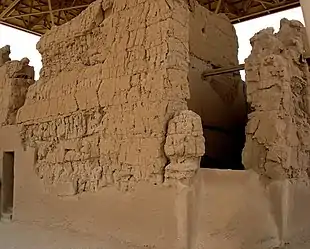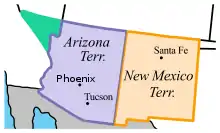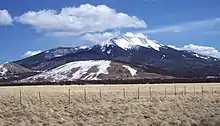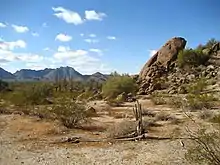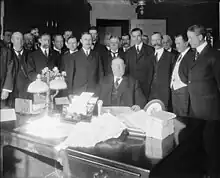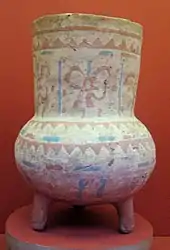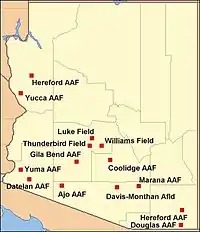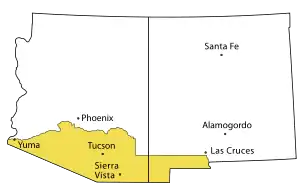Portal:Arizona
| Showcase | Content |
Welcome to the Arizona portal!
Arizona (/ˌærɪˈzoʊnə/ ⓘ ARR-ih-ZOH-nə; Navajo: Hoozdo Hahoodzo [hoː˥z̥to˩ ha˩hoː˩tso˩]; O'odham: Alĭ ṣonak [ˈaɭi̥ ˈʂɔnak]) is a state in the Southwestern United States. It is the 6th-largest and the 14th-most-populous of the 50 states. Its capital and largest city is Phoenix. Arizona is part of the Four Corners region with Utah to the north, Colorado to the northeast, and New Mexico to the east; its other neighboring states are Nevada to the northwest, California to the west and the Mexican states of Sonora and Baja California to the south and southwest. Arizona is the 48th state and last of the contiguous states to be admitted to the Union, achieving statehood on February 14, 1912. Historically part of the territory of Alta California in New Spain, it became part of independent Mexico in 1821. After being defeated in the Mexican–American War, Mexico ceded much of this territory to the United States in 1848. The southernmost portion of the state was acquired in 1853 through the Gadsden Purchase. Southern Arizona is known for its desert climate, with very hot summers and mild winters. Northern Arizona features forests of pine, Douglas fir, and spruce trees; the Colorado Plateau; mountain ranges (such as the San Francisco Mountains); as well as large, deep canyons, with much more moderate summer temperatures and significant winter snowfalls. There are ski resorts in the areas of Flagstaff, Sunrise, and Tucson. In addition to the internationally known Grand Canyon National Park, which is one of the world's seven natural wonders, there are several national forests, national parks, and national monuments. Arizona's population and economy have grown dramatically since the 1950s because of inward migration, and the state is now a major hub of the Sun Belt. Cities such as Phoenix and Tucson have developed large, sprawling suburban areas. Many large companies, such as PetSmart and Circle K, have headquarters in the state, and Arizona is home to major universities, including the University of Arizona and Arizona State University. The state is known for a history of conservative politicians such as Barry Goldwater and John McCain, though it has become a swing state since the 1990s. (Full article...) Selected article -A Chinatown developed in Phoenix in the 1870s as the predominantly single male Chinese population self-segregated primarily to provide cultural support to each other in a place where they faced significant discrimination. They came to dominate certain types of jobs and made an impression on the greater community with their celebrations of Chinese holidays. Other aspects of their culture, primarily gambling and the smoking of opium were viewed less favorably, and in the 1890s, they were forced to establish a new Chinatown several blocks away from the prior prime downtown location, where their community would be "less visible". The new Chinatown grew to be much larger than the original, as the Chinese population increased and successive generations became more likely to plan to stay in the country, have families, and own and operate businesses. Chinatown was "governed" for decades by unofficial "mayor" Louie Ong, also known as "China Dick", who was given considerable "authority" by city officials. Ong represented the biggest family or clan in Phoenix, who had emigrated from the village in Hoiping county in Guangdong Province, southeast China, where most Phoenix Chinese traced their ancestry. The Chinese prospered, often as grocery merchants, and gradually became more assimilated. Through this process, they more often lived outside Chinatown to take advantages of the city's growth and to distance themselves from the seedy reputation of Chinatown's gambling and opium dens. By the 1950s, Chinatown had largely dissolved with the Chinese population scattered throughout the city and its suburbs. One grocery warehouse building remained standing after the area was redeveloped in the 1980s for a major league sports arena. (Full article...)Did you know (auto-generated) -
Selected picture -
Petrified wood, such as this sample found in Petrified Forest National Park, Arizona, United States, is a fossil wood where all the organic materials have been replaced with minerals, while retaining the original structure of the wood. More did you know -
WikiProjects
Selected biography -Frederick Russell Burnham DSO (May 11, 1861 – September 1, 1947) was an American scout and world-traveling adventurer. He is known for his service to the British South Africa Company and to the British Army in colonial Africa, and for teaching woodcraft to Robert Baden-Powell in Rhodesia. He helped inspire the founding of the international Scouting Movement. Burnham was born on a Dakota Sioux Indian reservation in Minnesota, in the small village of Tivoli near the city of Mankato; there he learned the ways of American Indians as a boy. By the age of 14, he was supporting himself in California, while also learning scouting from some of the last of the cowboys and frontiersmen of the American Southwest. Burnham had little formal education, never finishing high school. After moving to the Arizona Territory in the early 1880s, he was drawn into the Pleasant Valley War, a feud between families of ranchers and sheepherders. He escaped and later worked as a civilian tracker for the United States Army in the Apache Wars. Feeling the need for new adventures, Burnham took his family to southern Africa in 1893, seeing Cecil Rhodes's Cape to Cairo Railway project as the next undeveloped frontier. (Full article...)General images -The following are images from various Arizona-related articles on Wikipedia.
News
Wikinews Arizona portal
CategoriesCategory puzzle Select [►] to view subcategories
Arizona Arizona-related lists Climate of Arizona Communications in Arizona Arizona culture Demographics of Arizona Economy of Arizona Education in Arizona Environment of Arizona Geography of Arizona Government of Arizona Health in Arizona History of Arizona Arizona law Military in Arizona Native American tribes in Arizona People from Arizona Politics of Arizona Science and technology in Arizona Arizona society Sports in Arizona Tourist attractions in Arizona Transportation in Arizona Works about Arizona Images of Arizona Arizona stubs Related portalsTopicsState facts
State symbols:
Recognized content
Featured articles
Featured lists
Good articles
Featured pictures
Things you can do
Associated WikimediaThe following Wikimedia Foundation sister projects provide more on this subject:
Discover Wikipedia using portals
| |||||||||||||||||||
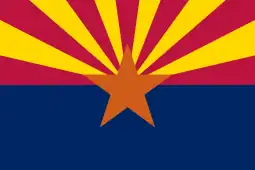
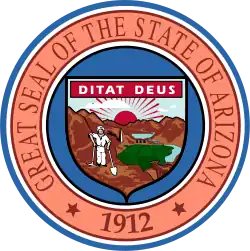
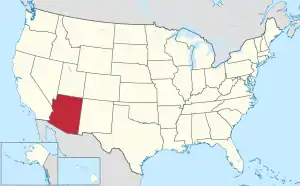

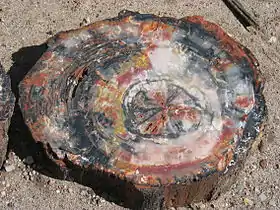
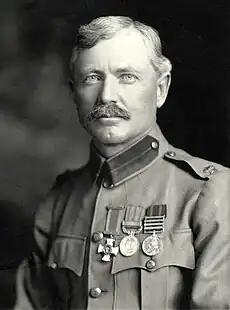

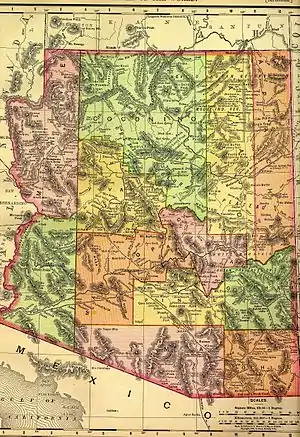

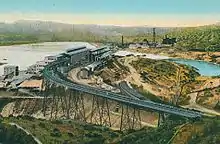
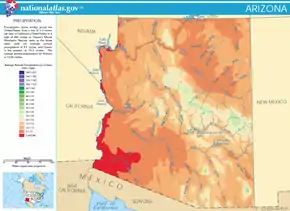
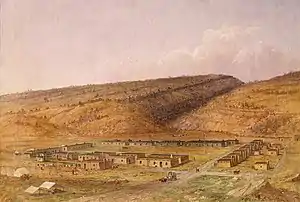
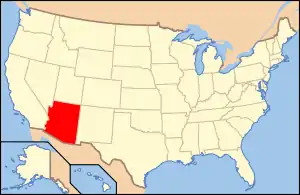
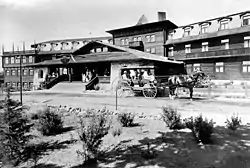
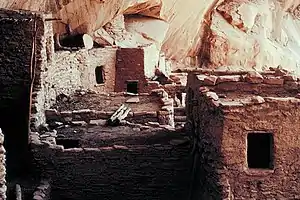
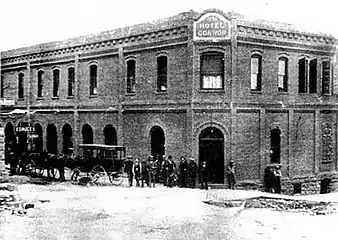
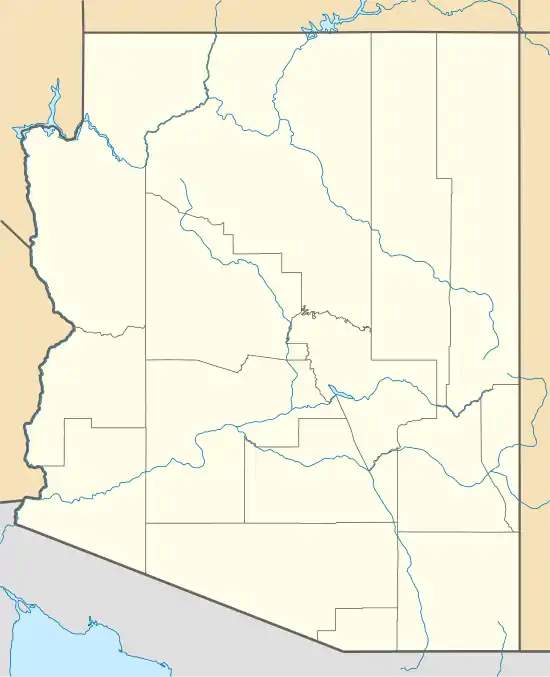
%252C_Arizona.jpg.webp)
